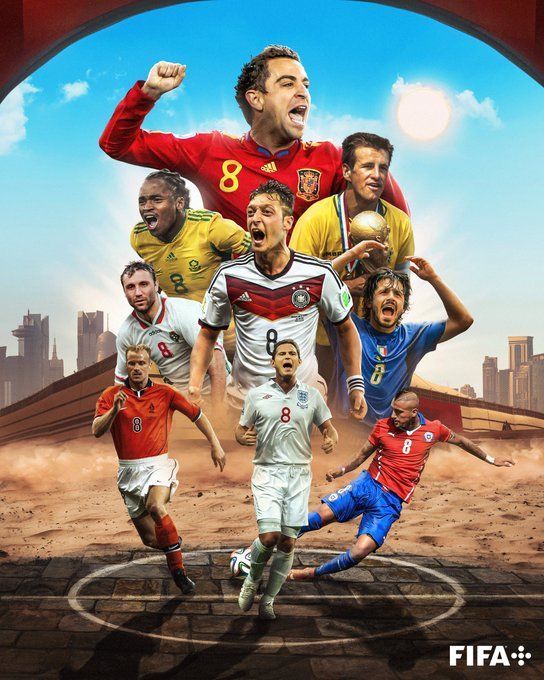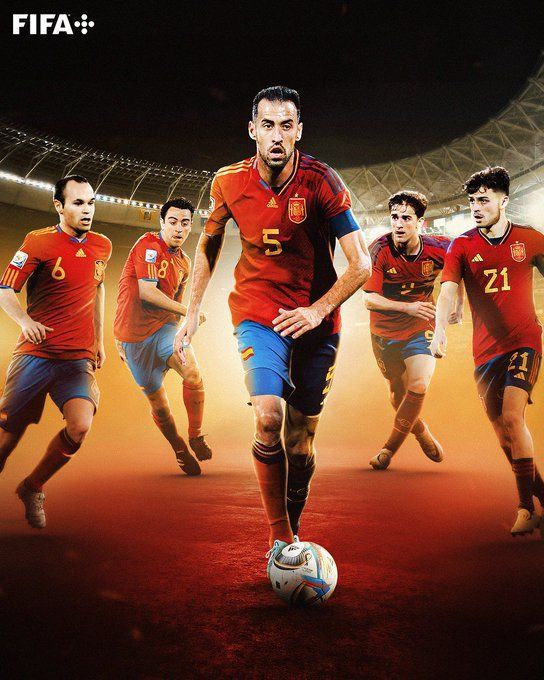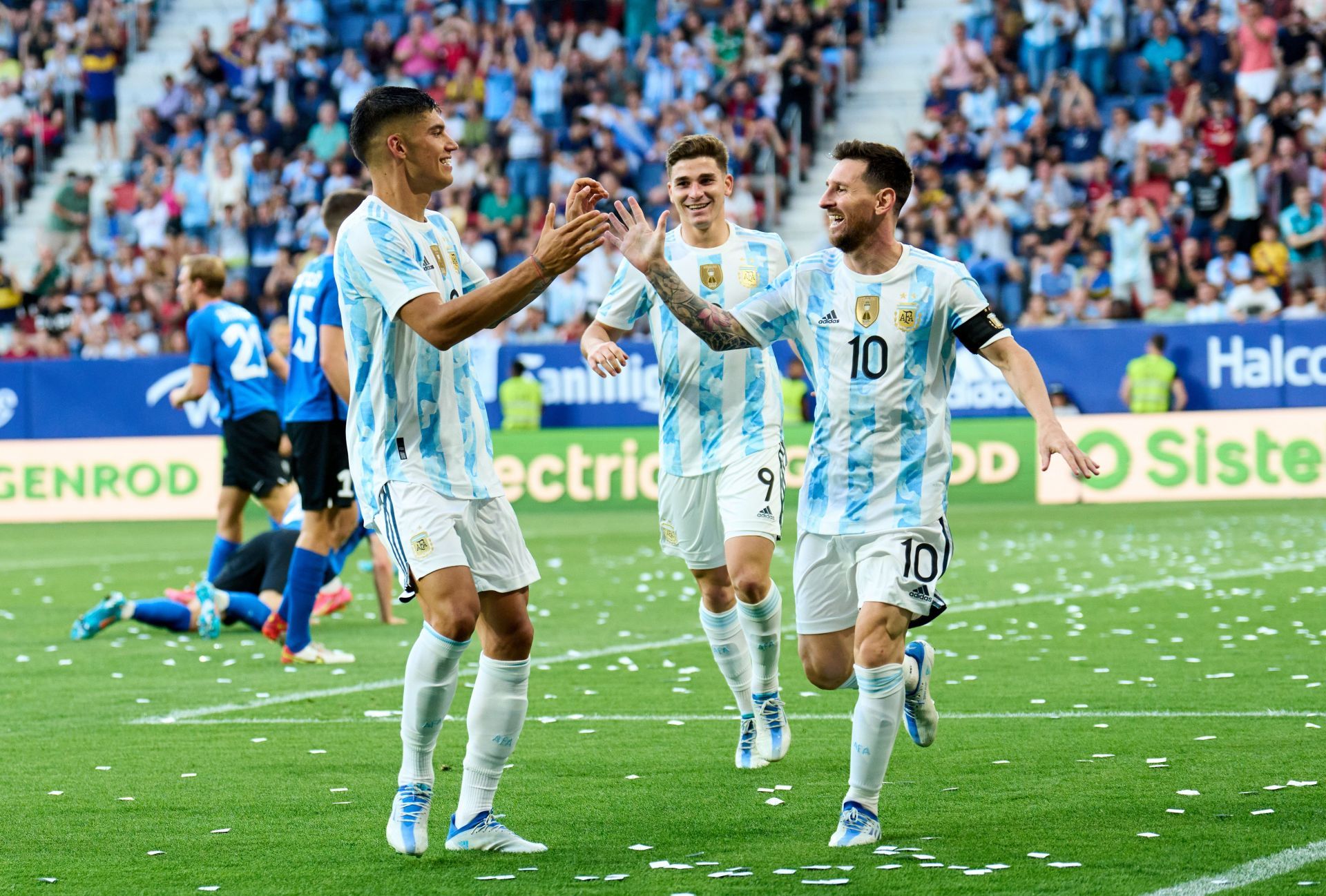
Europe versus Latin America: FIFA World Cup and battle of footballing philosophies
The 2022 FIFA World Cup is almost upon us, and there is a buzz of excitement in the air. Fans from all over the globe are expected to partake in the global football bonanza in one way or another.
Most pundits and bookies are choosing Brazil as the favourites to lift the coveted prize, and looking at their squad depth, it's difficult to disagree. It's also a proven fact that Europe and Latin America have been the most important continents in football’s global stage.
The Europeans have had the upper hand (leg) in recent World Cups, with France (2018), Germany (2014), Spain (2010) and Italy (2006) winning the last four editions. So, the European teams will definitely have the confidence going into this year's World Cup. However, with the tournament being hosted by Qatar and unlike previous editions, this year's will be played in the middle of the club football season.
The climate could be a pivotal factor for non-European teams to emerge on top, especially for African and South American teams, who will no doubt find the conditions in Qatar similar to that in their countries. Talent, though, will be key and so will be the tactics employed by the managers.
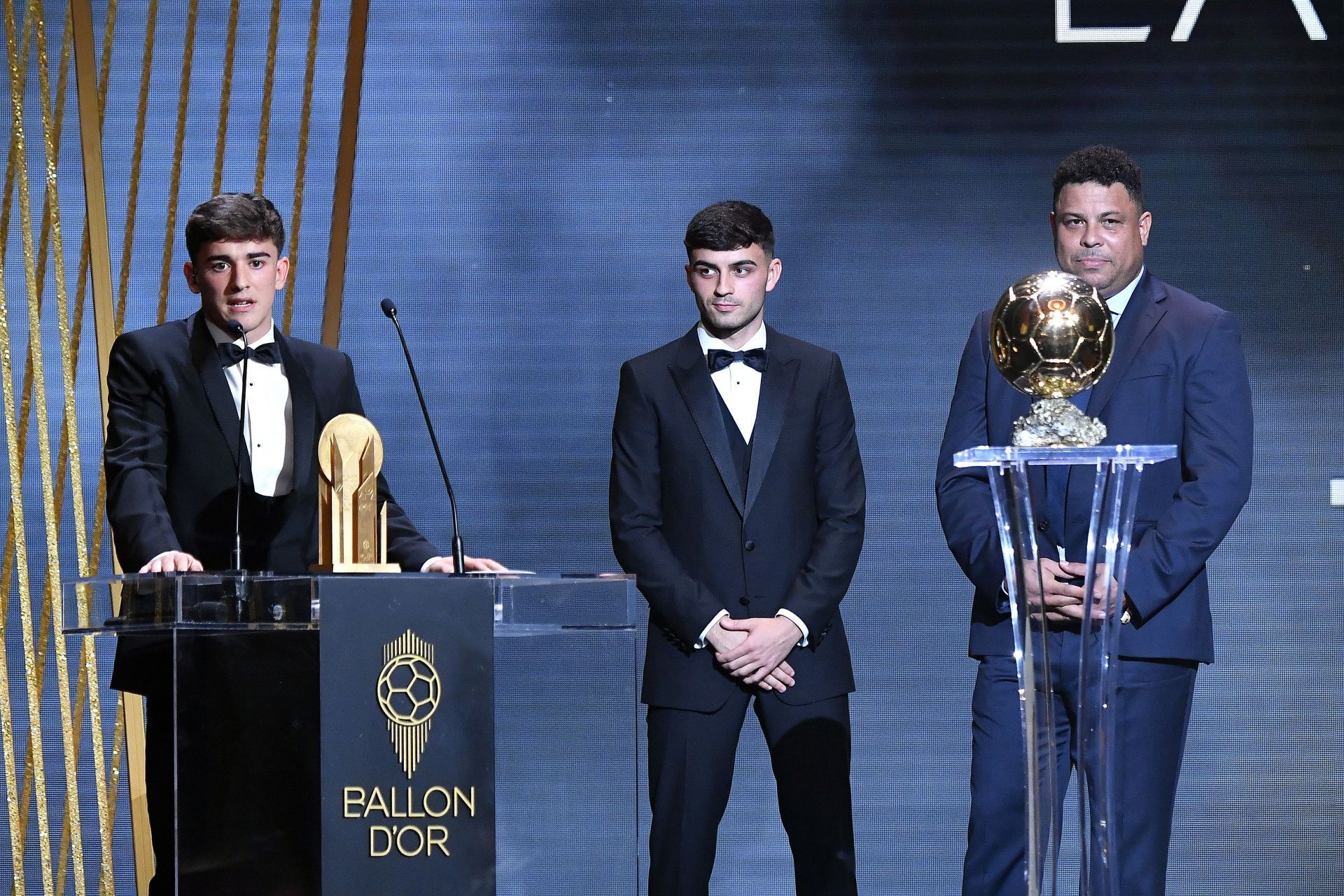
With the tournament just being more than a week away, now will be a good time to analyse the tactics employed by the teams in the tournament. In this article, we will take a look at some of the most widely used formations by the 32 teams participating in the FIFA World Cup in Qatar.
A Brief History of Football Philosophies
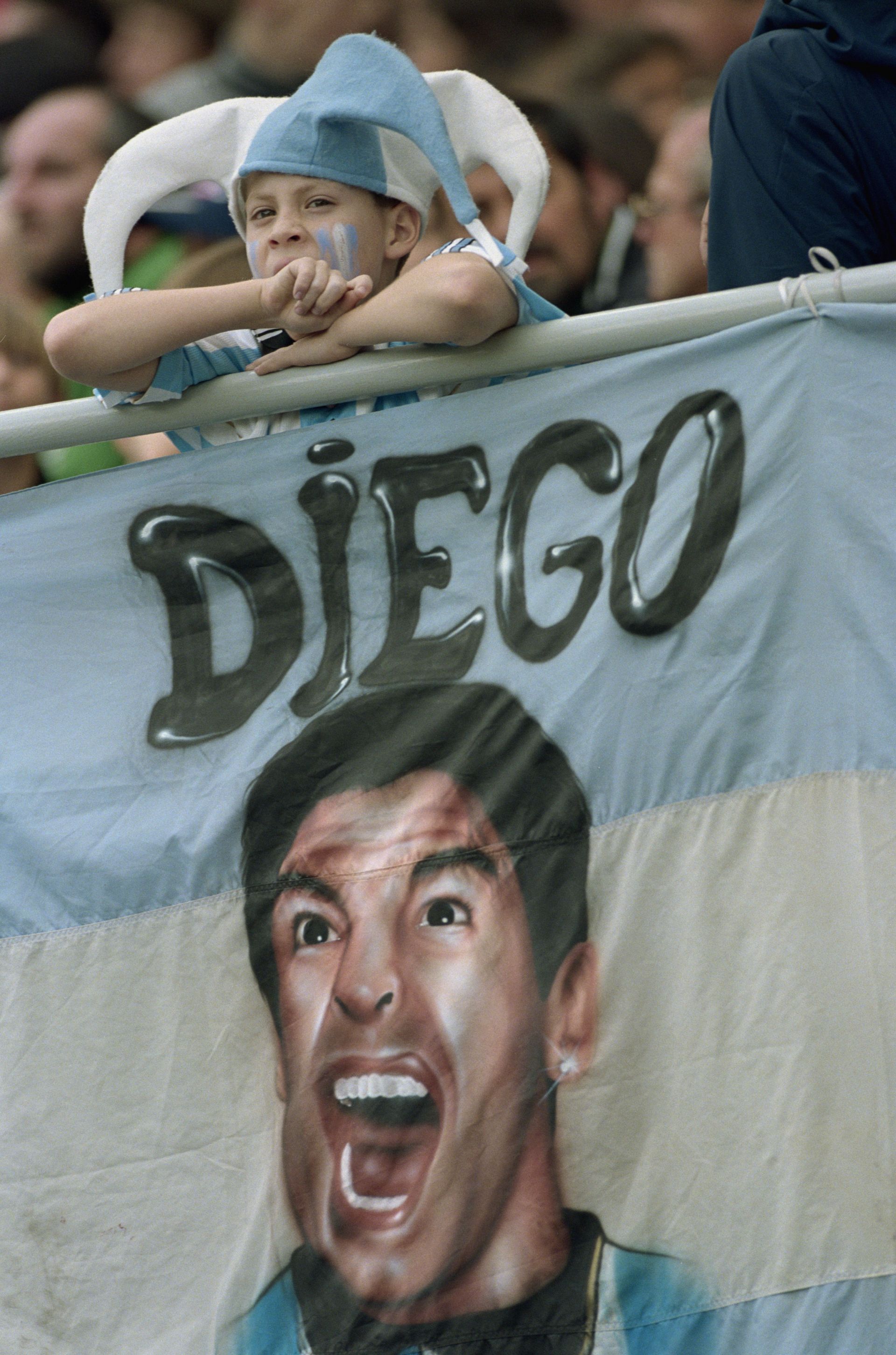
Football formations, and the common viewer’s obsession with football tactics in general, is a relatively new phenomenon.
In his book, Inverting the Pyramid: The History of Football Tactics, Jonathan Wilson explains:
“Even by the end of the nineteenth century, when the earliest formations began to emerge, it was rare to subject them to too much thought.” (Pg. 365)
If the professionals did not think much about tactics, the common stadium-goer would hardly have been aware that such things even existed.
Football is thus as much about teamwork as it is about individual ability. This argument has been a point of contention for football fans and pundits from all around the world.
As Wilson points out:
“It was in central Europe and South America, where attitudes to the British were more sceptical, that football began to evolve.”
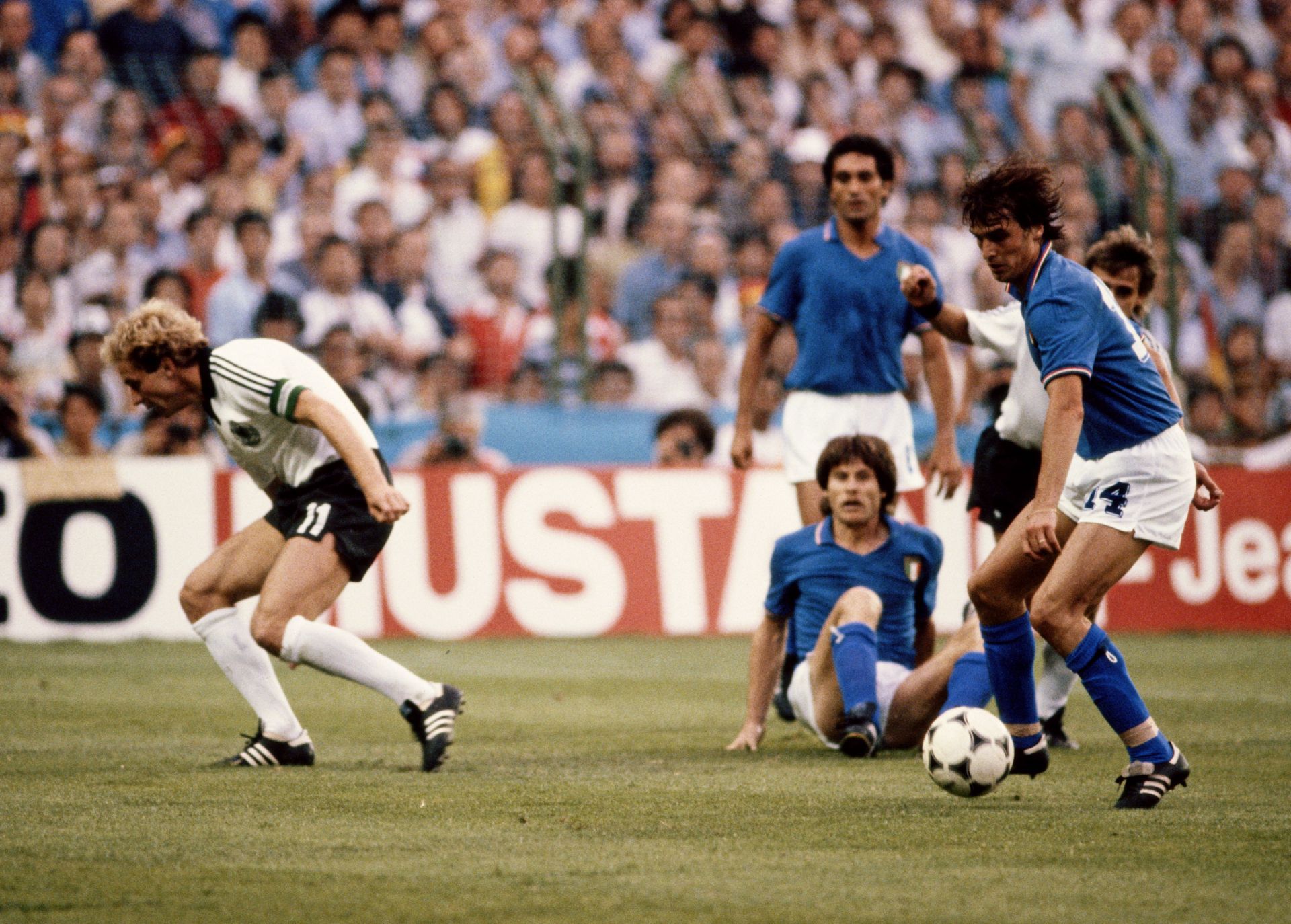
Wilson quotes Arrigo Sacchi, the legendary AC Milan manager, whose views on football tactics and the role of the manager still remains emphatically relevant today:
“Many believe that football is about the players expressing themselves, but that is not the case. Or, rather, it’s not the case in and of itself. The player needs to express himself within the parameters laid out by the manager.
And that’s why the manager has to fill his head with as many scenarios, tools, movements, with as much information as possible. Then the player makes decisions based on that…I don’t want robots or individualists. I wanted people with the intelligence to understand me, and the spirit to put that intelligence to the service of the team. In short, I wanted people who knew how to play football.”
However, Sacchi’s views are diametrically opposite to Argentine legend Jorge Valdano’s, who said:
“There is room for all theories, but individual expression on the pitch is something I don’t think we can give up. The brain of one manager can’t compete with the infinite possibilities of eleven thinking brains on the pitch. Ultimately, while the concept of team is very important, you need individuals to go to the next level.” (Pg. 365)
What makes the World Cup unique is that it offers the opportunity to watch the various schools or gharanas of football being played. It therefore acts as a living history of the footballing philosophy of a nation. For example, Italy employed Catenaccio between 1950s and 1960s, which failed to lead them to a World Cup win.
However, in 1982, when they won their third World Cup, it was not through the use of Catenaccio but through Enzo Bearzot’s faith in the players’ individual abilities. Then again, when we look at the World Cups of 2018 and 2022, Italy have not even been able to qualify for the tournament.
Bearzot once explained his tactical and footballing philosophy:
“For me, football should be played with two wingers, a center forward and a playmaker. That’s the way I see the game, without trying to impose tactical plans on them… The rest will take care of itself.”
Therefore, we see that it's also possible for Europeans to win the World Cup without overly focusing on team-building. However, Europeans rely less now on individual brilliance than their South American counterparts.
Europe and Latin America remain rooted in their idea of football
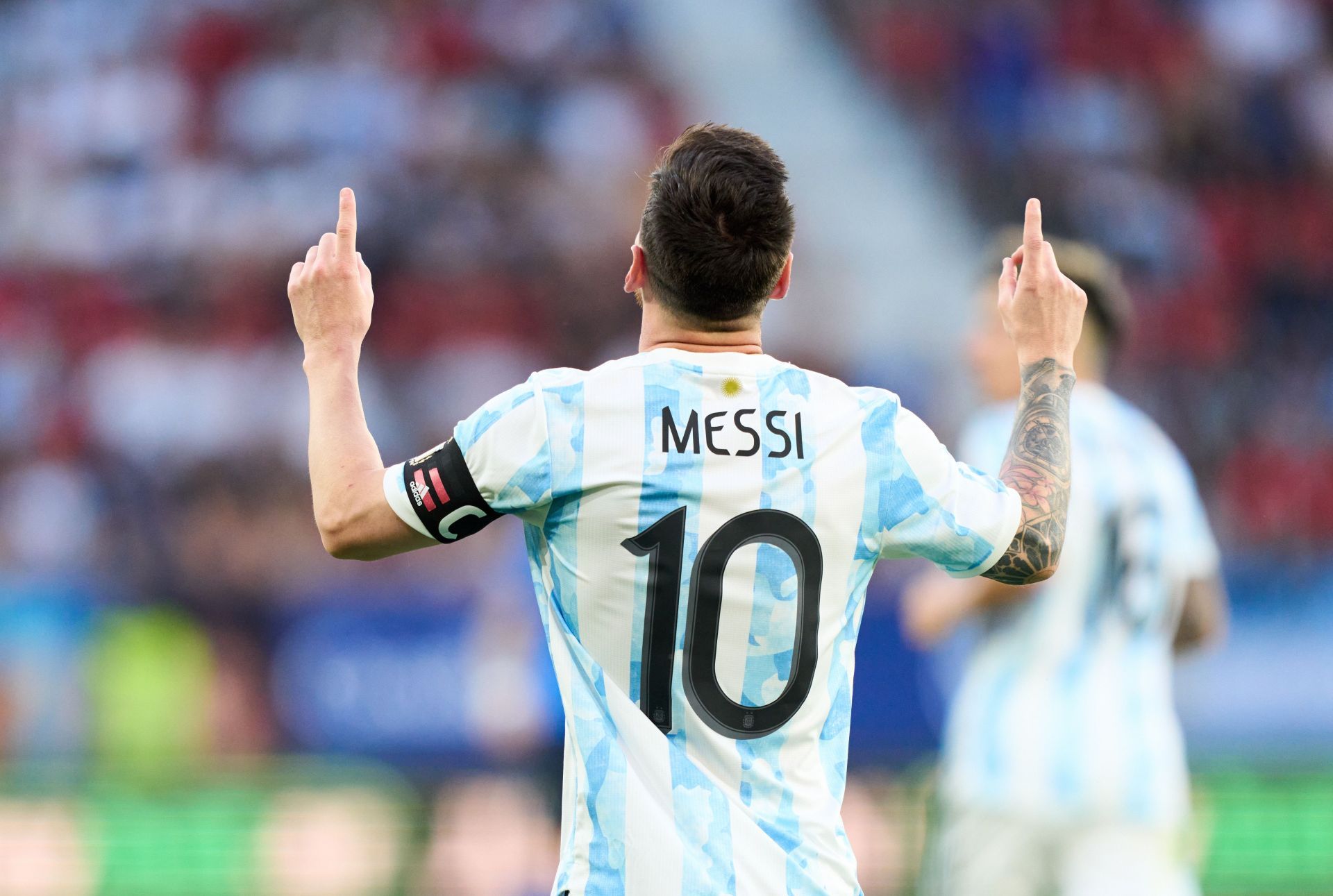
This age-old battle between footballing philosophies, mainly whether individual ability triumphs teamwork or the other way round, will once again be tested over the next month or so.
South Americans usually look for individualists, heroes and messiahs who can rescue a team and by implication a nation by delivering the Holy Grail. Almost Christ-like, he must sacrifice all his joys and self-obsessions at the altar of the football field. He must not think of himself but for the overall achievement of his team. The legend was fostered by Pele and later Diego Maradona.
The situation has not changed much yet for either Brazil or Argentina. In Lionel Messi, Argentina have their messiah who has until this point failed to lift the World Cup.
He will, however, be under less pressure this time around, thanks to his Copa America win last year. In Neymar, Brazil also have their hero-figure, but unlike Messi, he has a better cast of characters around him. Some experts have even dethroned Neymar and have placed Vinicius Junior as Brazil’s main man.
Teamwork once again the key for European teams
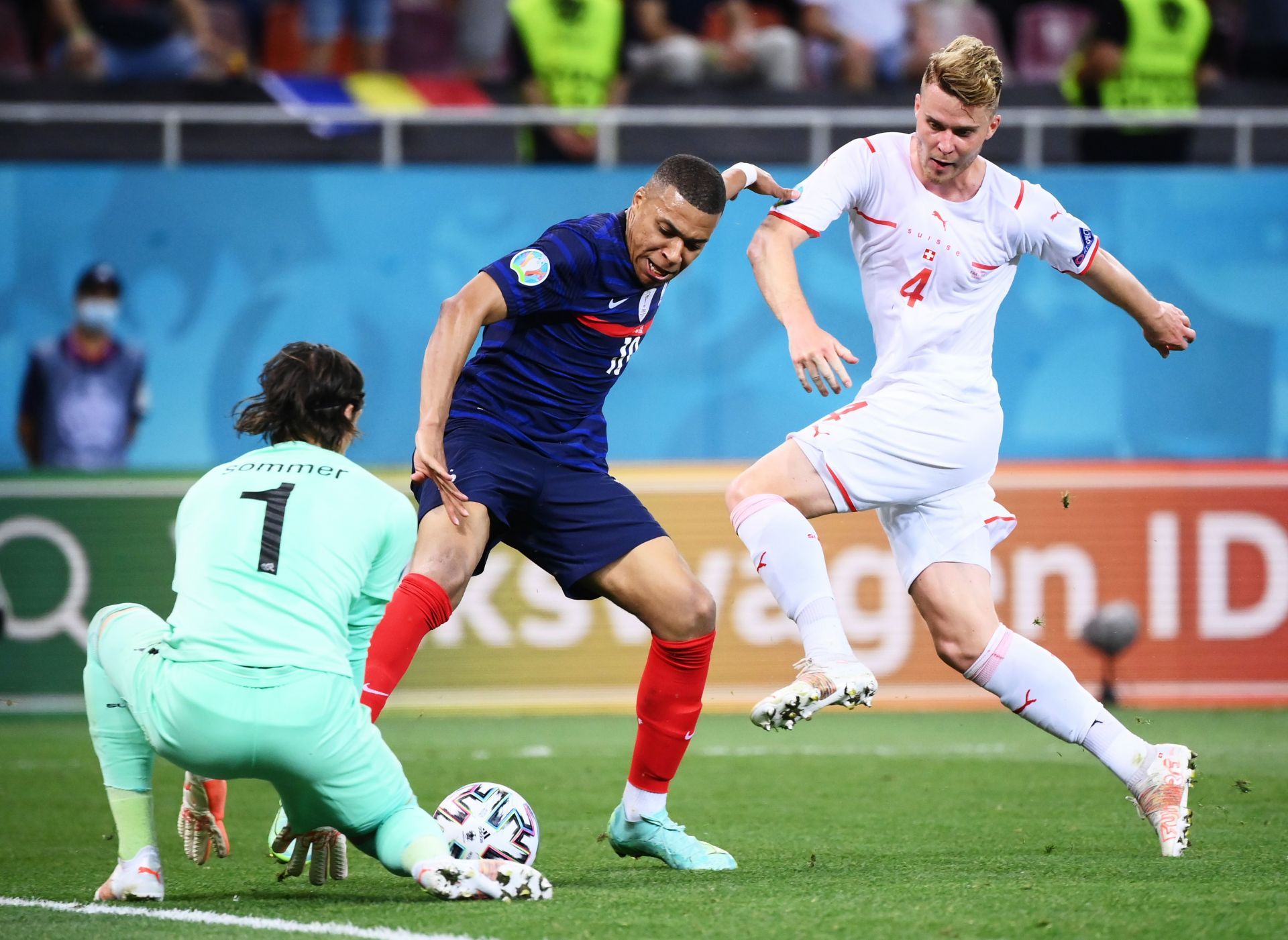
European teams also remain largely unchanged in their attitudes. Yes, France did have the individual talents of Kylian Mbappe and Antoine Griezmann to depend on, but they were not individualists.
Instead, Didier Deschamps gave them a platform where they could express themselves without having to sacrifice the shape of the team. Some might argue that the French squad of 2022 is even more potent with the additions of Eduardo Camavinga and Aurelien Tchouameni in midfield. The stellar form of the 2022 Ballon d’Or winner Karim Benzema will also no doubt make the French fans very happy.
Spain have the same mindset. Luis Enrique has created an almost Barcelona team with the services of Gavi and Pedri available, with the latter being the main fulcrum around whom the play now revolves.
Spain’s biggest weakness, though, is their inability to score too many goals. That's a legacy they've inherited from their triumphant 2010 squad, who won the tournament despite scoring only eight goals in seven games and relying heavily on David Villa. More than a decade later, unlike Villa, Alvaro Morata being Spain’s main forward does not inspire much confidence.
What can we look forward to in this edition’s World Cup?
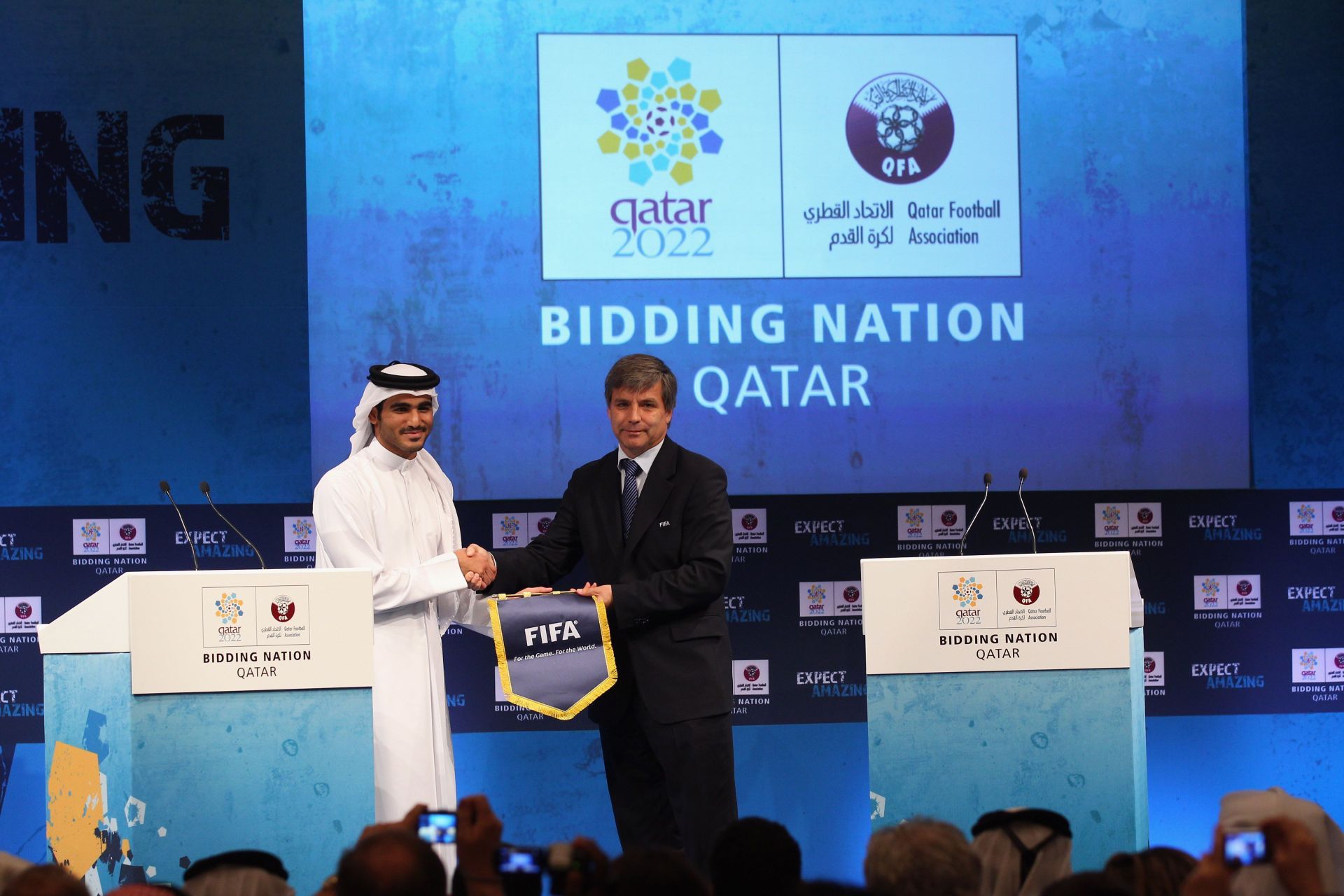
Hosting the 2022 World Cup in Qatar has always been a controversial decision, with allegations of human rights violations from the Qatar government doing the rounds.
The conditions of workers there have not yet improved satisfactorily. However, chances are, once the tournament kicks off, politics will be set aside, and the beauty of the beautiful game will take centre-stage. That will also give us another sneak peak into the age-old battle of the contrasting footballing gharanas we see between European and South American teams.
For that to be the case, the teams will have to play at their mesmerising best. With this World Cup taking place in the middle of the European club season, the players may arrive relatively fresh and not after playing a gruelling season. As fans of the game, we can only hope that Qatar 2022 becomes a memorable event with lots of scintillating moments to relish in future pub discussions.
With the fiesta being just a week away, football-mad fans around the world can barely sleep at night in anticipation (no pun intended).

